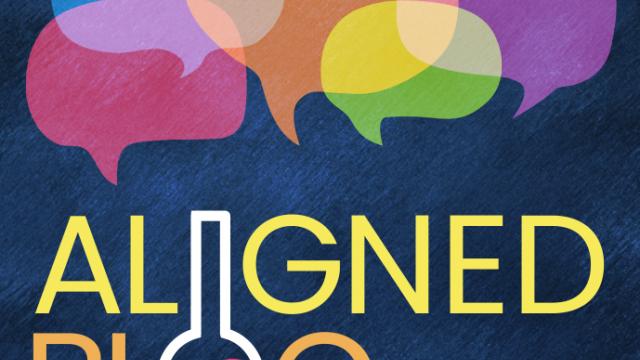It seems that everywhere you turn these days, everyone has an interest in diversity, equity and inclusion. While it may seem sudden, many people have been working tirelessly for decades to shed light on the inequities faced by groups marginalized due to their identity.
Initially, diversity education and training began in the wake of the U.S. Civil Rights Movement and the signing of the 1964 Civil Rights Act that outlawed discriminatory hiring practices, as a way to improve work relations between Black and White Americans. Diversity education and training have since evolved to include discussions about race/ethnicity beyond Black/White folks to include other dimensions of difference.
The terms diversity, equity and inclusion, often shortened to DEI, are so often used together that it may be hard to differentiate how each concept is unique.
- Diversity refers to difference; it can include things like race, gender, ethnicity, religion and socioeconomic or immigrant status. Having a variety of people in the workplace makes it diverse but is not sufficient to rise to the level of inclusion.
- Inclusion is actively engaging and integrating all people/groups so that they feel welcomed, respected and valued.
- Equity requires that all policies and practices ensure that everyone can not only participate, but also thrive and reach their full potential. It is important to distinguish equity from equality. Equality is providing the same to all. Equity recognizes that different people have different needs and require different resources to meet their goals.
As a Black woman in science, it is clear to me why diversity, equity and inclusion matter. Including people with different perspectives and varied experiences enriches culture and environment. It exposes us to different ideas and approaches and elevates the questions being asked.
I am aware that not everyone understands or even agrees with DEI measures. You don’t have to take my word for it, an abundance of research sheds light on how DEI improves team performance, creativity and decision-making. To give just a few examples:
- Research from diverse teams is cited more frequently and published in higher impact journals than research from more homogenous teams (Freeman and Huang 2014).
- Having diverse teams with shared values positively impacts performance and creativity (Paulus, van der Zee, and Kenworthy 2016).
- And lastly, interacting with people who are different forces groups to be better prepared by anticipating alternative views and expecting that reaching consensus requires more effort (Phillips 2014).
DEI is paramount to great research outcomes, and we want everyone at CCR to engage in these efforts. If you’re wondering how you can become more involved with NIH/NCI/CCR DEI efforts, I plan to use this blog to discuss DEI matters and highlight various ways that all staff can become more involved in our ongoing efforts.
If you have questions or concerns related to DEI, please contact me shauna.clark@nih.gov.
References:
Freeman, R., Huang, W. Collaboration: Strength in diversity. Nature 513, 305 (2014). https://doi.org/10.1038/513305a
Paulus, P. B., van der Zee, K. I., & Kenworthy, J. (2016). Cultural diversity and team creativity. In V. P. Glăveanu (Ed.), The Palgrave handbook of creativity and culture research (pp. 57–76). Palgrave Macmillan/Springer Nature. https://doi.org/10.1057/978-1-137-46344-9_4
Phillips, KW. "How Diversity Works." Scientific American 311, 4, 42-47 (October 2014). doi:10.1038/scientificamerican1014-42
Aligned is a blog written by the Center for Cancer Research's Office of Equity and Inclusion discussing diversity, equity, inclusion and accessibility and highlighting various ways we can all be more involved in creating a more diverse scientific workforce. Learn more about CCR's commitment to inclusion.


